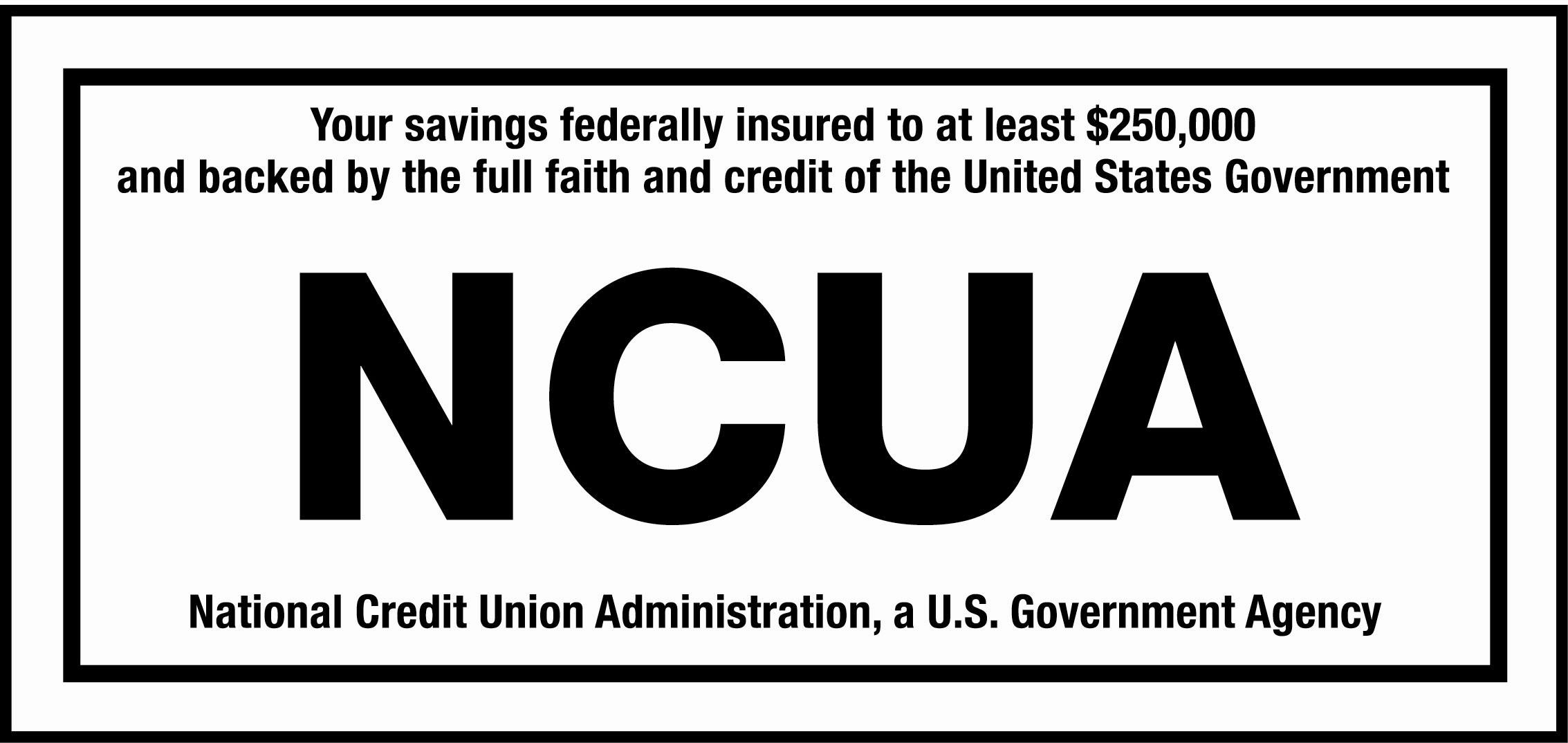DON’T CALL BACK ONE-RING CALLS
Riiiing! You race for the landline, but the caller has already hung up—after just one ring. How rude! You thumb through the Caller ID, poised to give your mysterious caller a ring back when you note the strange area code. Should you, or shouldn’t you, make this call? 
Let’s look at two possible outcomes:
In Scenario 1, you hit the Call Back button and wait until someone picks up. But, instead of a live person, you get a recorded message that says something like, “Hello? Can you hear me?”
It’s designed to keep you on the phone for as long as possible. Unfortunately, you’ve just called a foreign country and will be hit with a sky-high phone bill. Worse, the scammer who conned you into making this call will get most of that money.
In Scenario 2, you return the phone to its base and walk away, blissfully unaware you’ve narrowly missed being targeted by an ugly scam.
The FTC is warning of a surge in one-ring phone scams as detailed above. Read on for all you need to know about these scams.
Your primary clue that you’re being targeted by the one-ring scam is, quite obviously, a phone call that only rings once. If you get a call like this, do not call back.
You can also be on the lookout for foreign area codes, including the following: 284, 473, 664, 649, 767, 849 and 876.
Sometimes, scammers spoof a local number, or even your own number, to get you to place a return call to foreign shores. If you unknowingly return a scammer’s phone call, look for a plus sign ahead of the area code, which shows you’re placing an international call. If you see a plus sign, hang up immediately.
If you’re targeted by this scam, follow these steps:
- Don’t call back.
- Ask your phone provider to block outgoing calls to international numbers.
- File a complaint with the FTC at www.donotcall.gov and the FCC at www.fcc.gov/complaints.
- Check your phone bill for suspicious charges. If you see a charge that has likely been incurred through one of these scams, speak to your phone carrier about resolving it.



